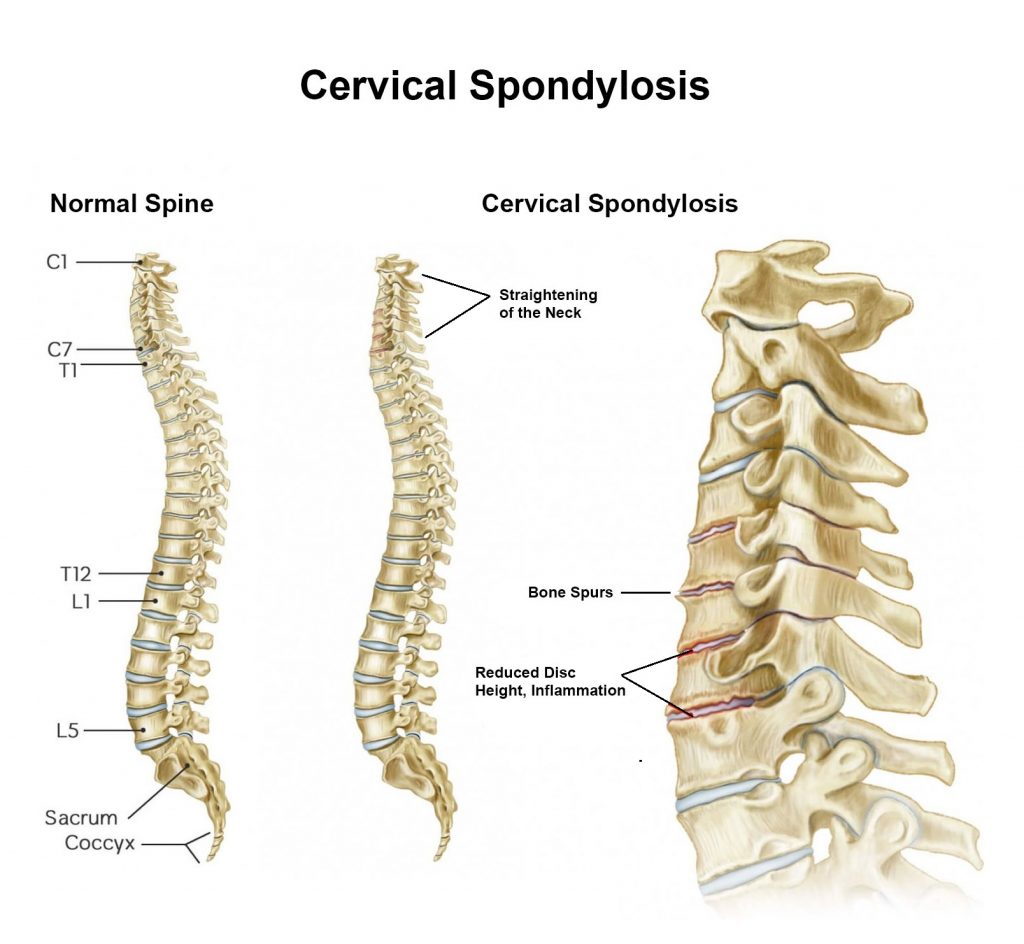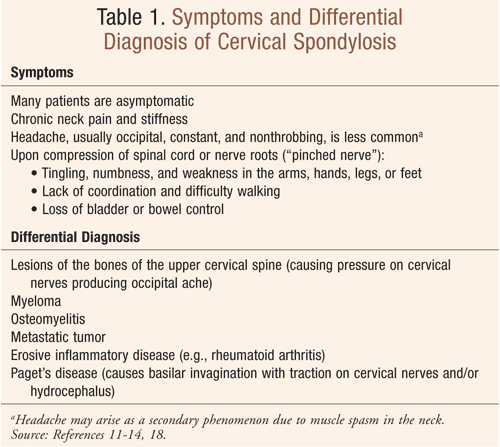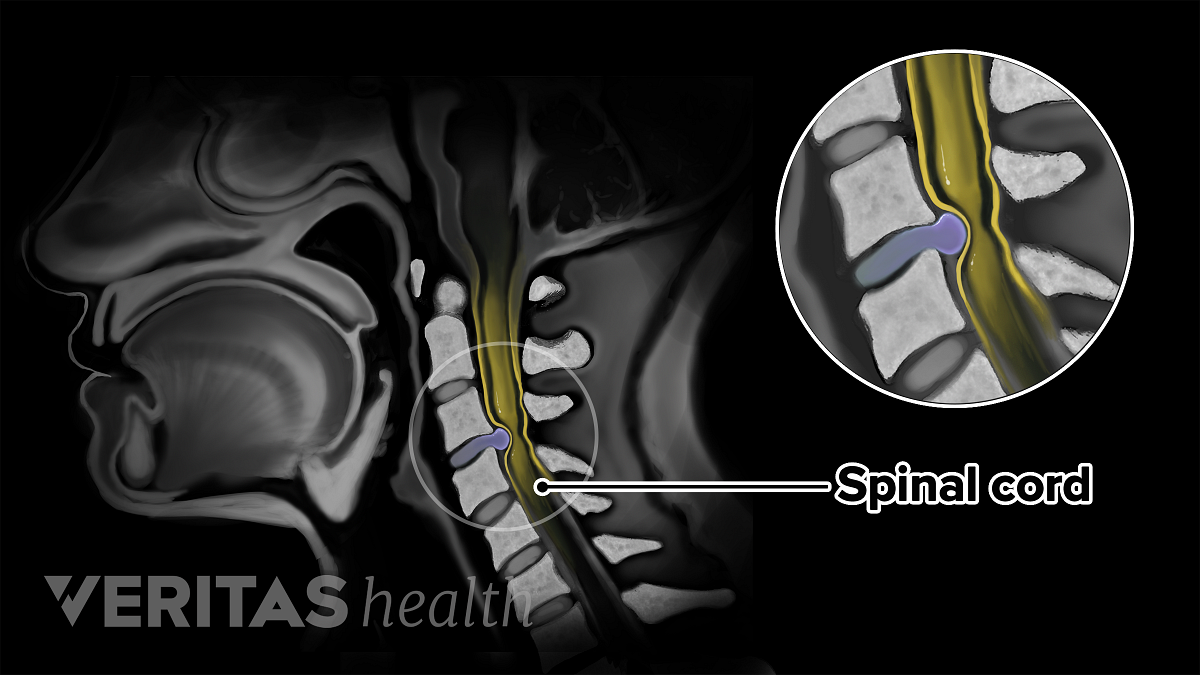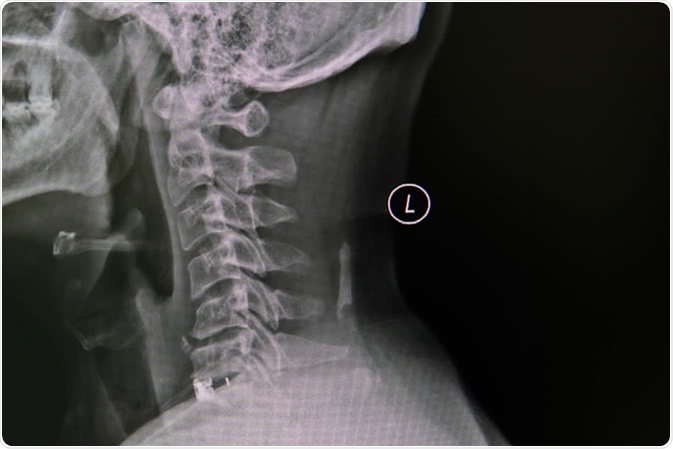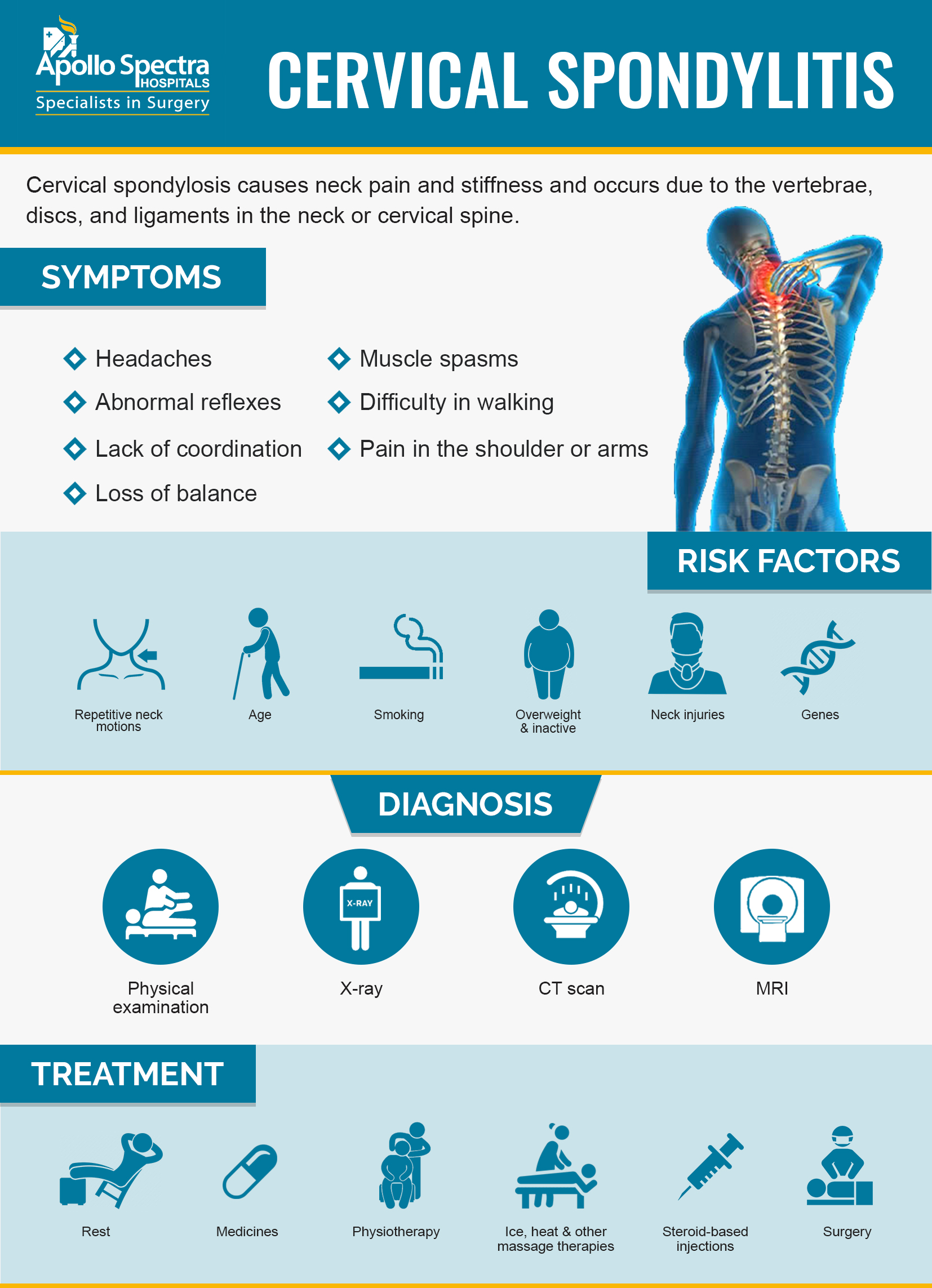Stunning Info About How To Diagnose Cervical Spondylosis
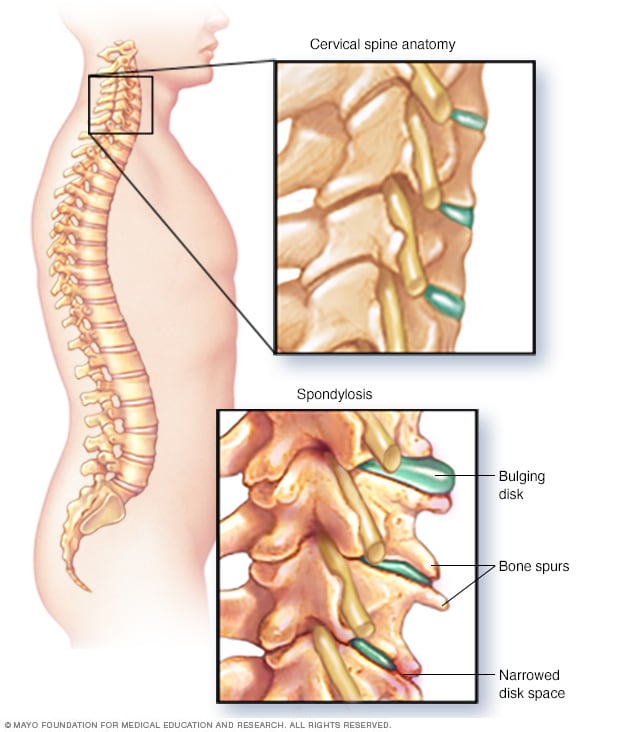
How can we diagnose cervical spondylosis?
How to diagnose cervical spondylosis. Images such as frontal view, lateral view, oblique view, anterior flexion,. A physical examination may reveal that the affected person has trouble moving head toward the shoulder and rotating the head. Check if it's cervical spondylosis.
Since evidence of radiological spondylotic change is frequently found in many asymptomatic adults, it is necessary to assess whether neurological symptoms result from cervical. In the absence of objective neurologic deficit, three clinical signs are useful in diagnosing the presence of cervical radiculopathy. Bending the neck laterally so.
Pain in the shoulder and arms that results in the inability to move the hands. Yashoda hospitals hyderabad is equipped with. Later, the symptoms will get worse.
When symptoms occur, they usually include pain and stiffness in the neck. Ageing causes wear and tear to muscles and bones. Magnetic resonance imaging (mri) of the neck.
More rarely, it can trap nerves in the neck, leading to: For most people, cervical spondylosis causes no symptoms. This is called cervical spondylosis.
Certain blood tests can check for markers of inflammation, but inflammation can be caused by many different health problems. Ice and heat, for many people, cervical spondylosis symptoms first occur around or after age 60 and begin with pain along one side of the neck. The first is the spurling sign.
Failure to properly turn the head around due to extreme pain. To relieve this pain, you can try. Diagnostic methods of cervical spondylosis include:
Pain radiating from the arms,. It's better to take a break and. Spondylosis symptoms show grinding noise or.
So try not to work for a long time. A diagnosis of spondylosis is based primarily on information seen on images of the spine:




